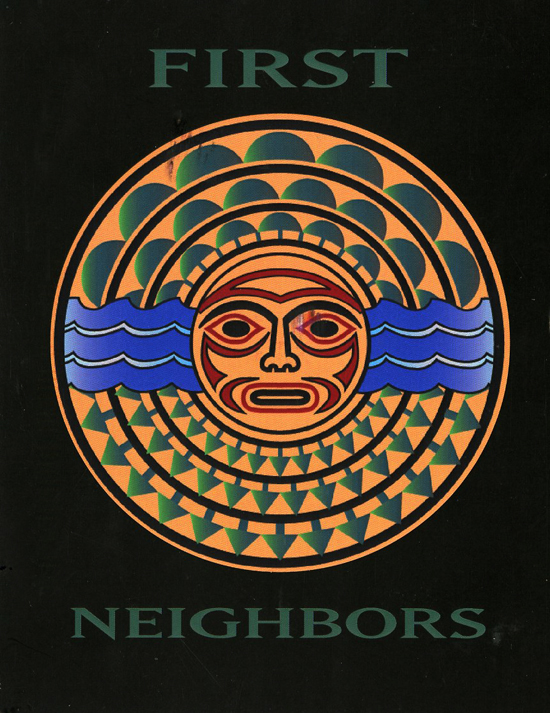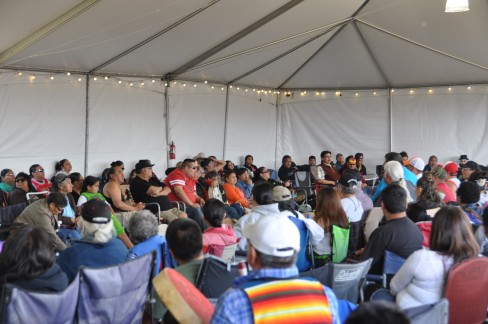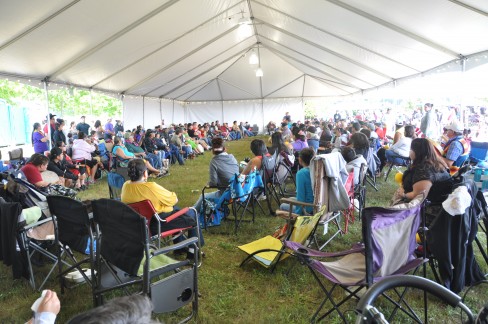
Do you ever remember getting a bad report card – the kind of report card you’d purposefully leave in the bottom of your backpack, underneath the dirty lunchbox in the hopes that your parents wouldn’t notice it?
Washington Department of Ecology just released that kind of a report card on Puget Sound.
Back in 1998-1999 Ecology sampled the muck at the bottom of Puget Sound from Tacoma up to the southern tip of Whidbey Island. Ten years later they took samples from the same area and then compared the results.
The scientists tested for 133 potentially toxic chemicals including flame retardants, mercury and PCBs:
- 1998-1999: 4 percent of the study area had contamination levels above the standards.
- 2008-2009: 11 percent of the study area had contamination levels exceeding the standards. The contaminated area had almost tripled.
Here’s another comparison:
Back in 1998 Ecology judged that invertebrates – like mollusks and worms – were being negatively impacted at 7 percent of the study area.
Ten years later that figure had jumped to 28 percent of the study area.
Chemical contamination near the cities of Seattle and Tacoma showed some improvement.
But overall the report concludes that “the declining sediment quality… seen almost everywhere throughout Puget Sound should be a concern for environmental managers.”













 Published: May 30, 2013
Published: May 30, 2013


